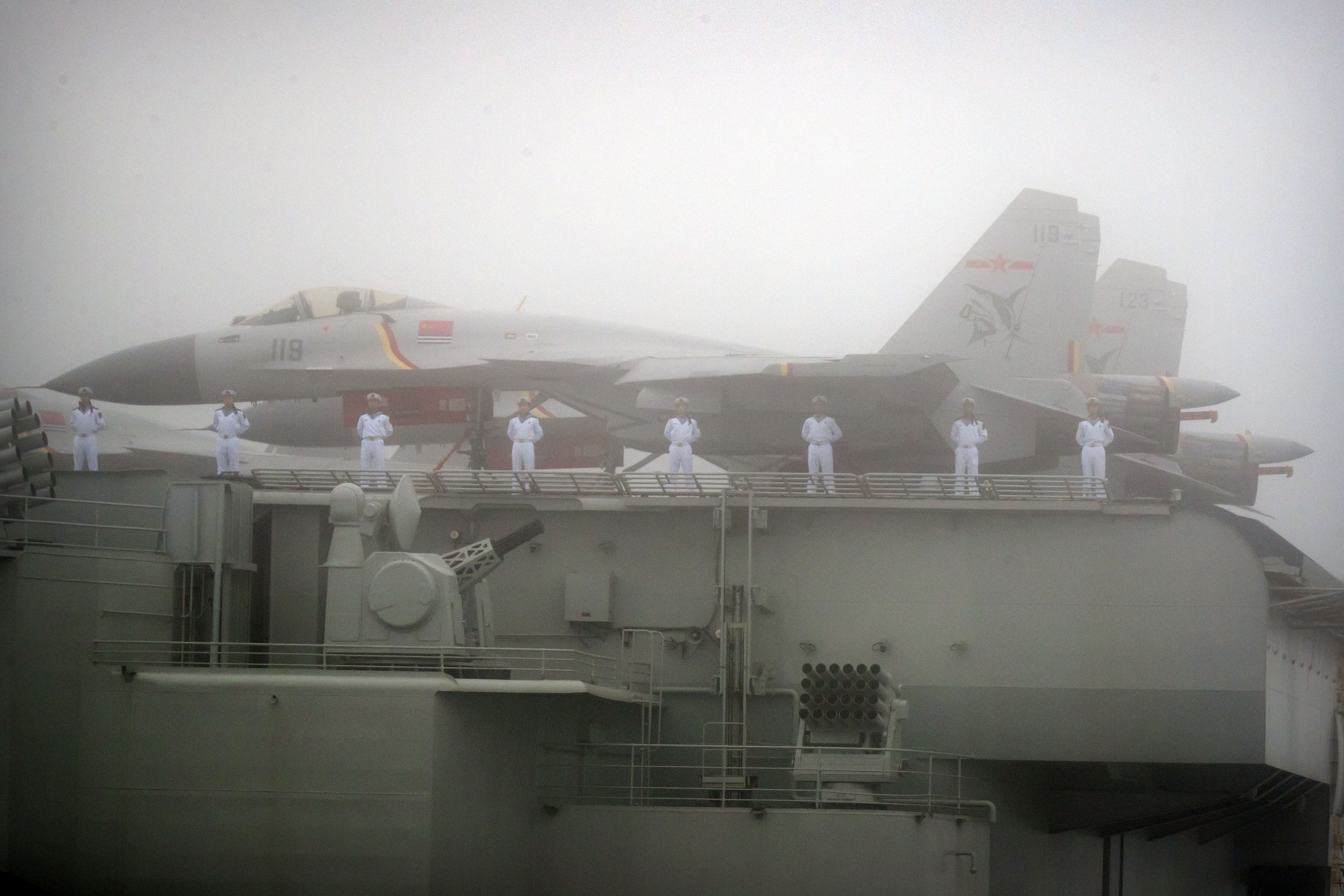Commentary
The Chinese regime’s aviation industry made waves in December by revealing aircraft that resembled new, high-performance stealth fighter jets—different from the fifth-generation J-20—flying in plain sight.
Within a day, photos of two distinct tailless aircraft circulated on social media, indicating they were undergoing flight tests. Their designs align with several concepts associated with Beijing’s push for sixth-generation airpower. However, experts are cautious about labeling them as such due to the lack of data and the secretive nature of military advancements.
The Pentagon’s 2024 defense report notes that the People’s Liberation Army (PLA) has been working on supersonic medium- and long-range stealth bombers while developing the subsonic H-20 strategic bomber. This new design could align with that plan—resembling Cold War-era jets such as the U.S. F-111 or Soviet Su-24—but upgraded with modern stealth tech.
By unveiling these new jets, Beijing’s intention could be to fuel discussions in the United States regarding the PLA’s sixth-generation fighter programs, casting doubt on U.S. military superiority and prompting Washington to reassess its military strategies.
The trade-off between manned and unmanned aircraft may be central to the debate, which could influence the United States’ combat effectiveness, long-term military planning, and technological investment. The choice affects budget allocations: Manned aircraft require significant personnel and maintenance costs, while unmanned systems demand high initial tech investments but offer operational savings and reduced human risk.
The first fighter jet seen on Dec. 26 attracted significant attention. Spotted flying alongside a J-20, it appeared slightly larger, with a broad delta wing and no conventional tail. Its wide canopy indicated it was a manned aircraft, and the fuselage featured intake ducts on both sides, along with an additional intake behind the cockpit. This led some analysts to speculate that it might be powered by three jet engines, while others believe the extra intake is just for cooling and reducing infrared signals.
This plane seems built for better stealth, longer-range performance, higher speed, and bigger payloads than the J-20. However, it is too early to label it as a sixth-generation fighter. It might be a stealth “fighter bomber” meant to replace older aircraft such as the JH-7, as Beijing’s aviation industry has not produced a new fighter bomber since that model.
According to the Pentagon report, these stealth bombers equipped with long-range cruise missiles could expand the Chinese regime’s strategic reach. This would allow the PLA to project power beyond its immediate region—potentially into the Second Island Chain or farther—while ramping up tensions in areas such as the Taiwan Strait, South China Sea, and East China Sea.
The second aircraft spotted on the same day was smaller and harder to identify because of poor photo quality. It may come from the Shenyang Aircraft Corporation, which also makes the J-16, J-15, and the recently revealed J-35. Meanwhile, the larger tailless aircraft, likely a Chengdu Aircraft Corporation project, bore “36” near its intake, prompting foreign media to call it the “J-36.”
In late 2022, Gen. Mark Kelly, then-head of the U.S. Air Combat Command, said the Chinese regime is pursuing capabilities similar to those of the U.S. Next Generation Air Dominance program, which aims to develop a manned fighter with low radar signatures, advanced sensors, flight computers assisted by artificial intelligence (AI), and open-architecture systems.
It is unclear if the first plane spotted in December is a full-fledged sixth-generation prototype or merely a test bed for new technologies. The Chinese regime has been running various manned fighter experiments for years, which could include both small-scale and full-size mock-ups to try out new equipment and systems.
Many core features of a true sixth-generation jet—such as AI-driven systems, cost-effective stealth materials, and next-gen engines designed for sustained supersonic speeds and powering future weapons—are still under wraps.
The timing of the “leaked” photos, particularly around the holidays, seems intentional. In contrast, the U.S. Air Force’s next-generation program has kept its test flights largely out of public view, partly because modern digital design methods reduce the need for physical prototypes.
The Chinese regime still struggles to produce reliable high-performance turbofan engines, although it is working hard to replace Russian imports with homegrown models. If this new plane is indeed a supersonic stealth bomber, it could pose a serious challenge to U.S. bases in the Western Pacific, especially those in Japan’s Okinawa Prefecture and the U.S. territory of Guam, and to any U.S. forces supporting Taiwan. With supersonic speed, such an aircraft could more easily slip away from radar or escape once detected—an advantage that slower bombers do not have.










